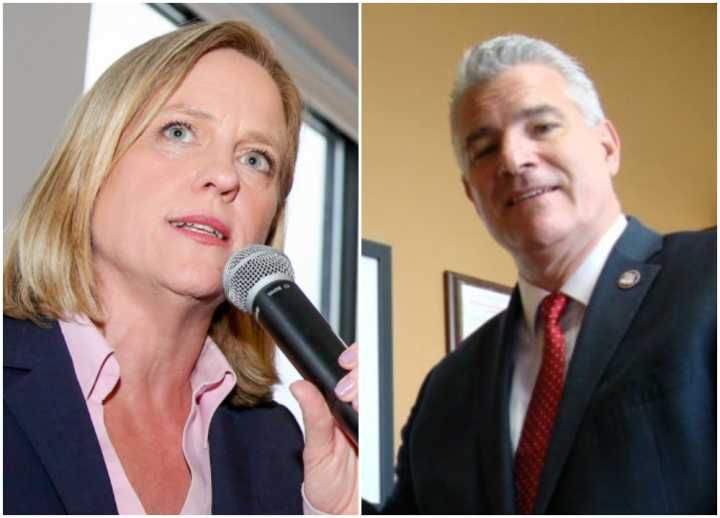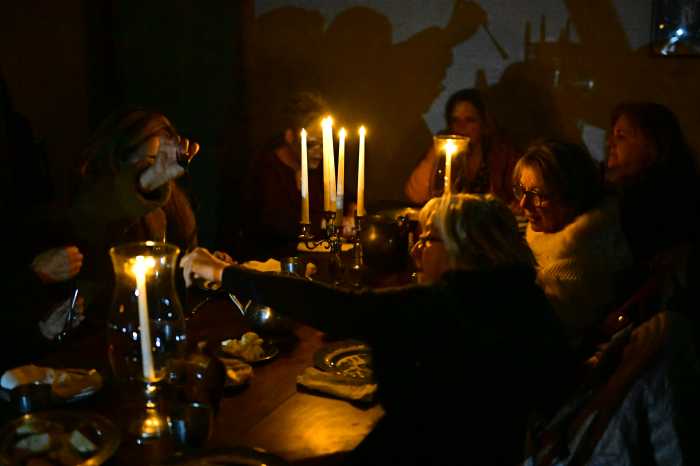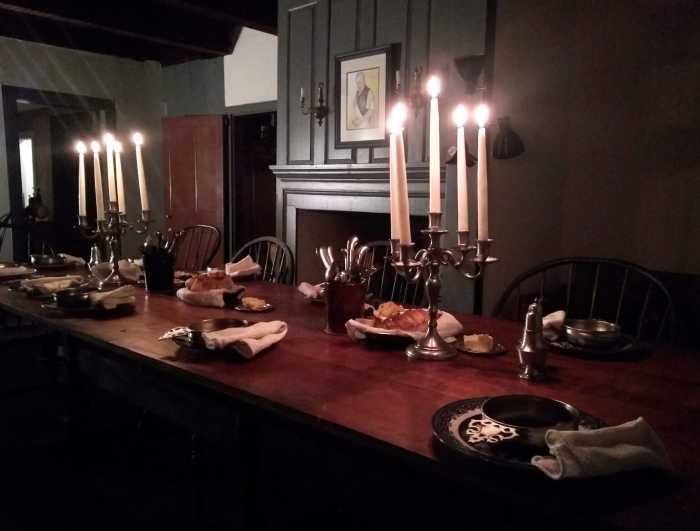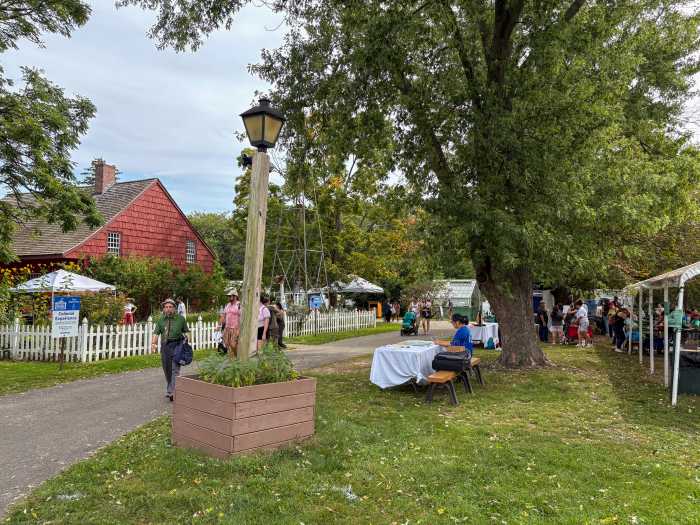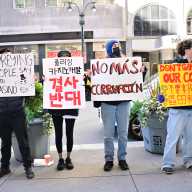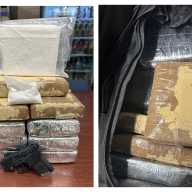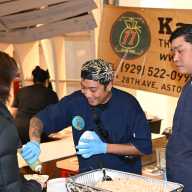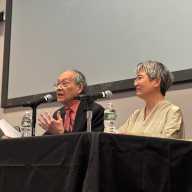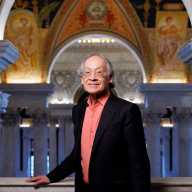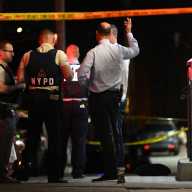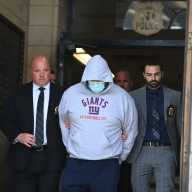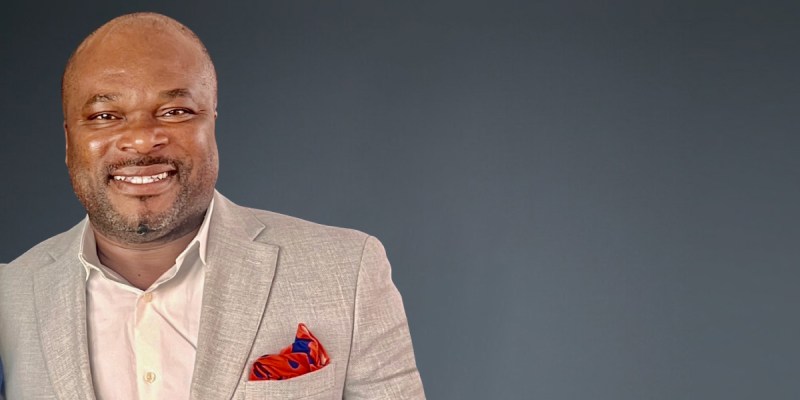In conjunction with the Greater Astoria Historical Society, TimesLedger Newspapers presents noteworthy events in the borough’s history.
Born on Oct. 20, 1925, in Far Rockaway as Theodore Alvin Holzberg, Theodore Hall was a physicist noted for his work in developing the atomic bombs used during World War II and for passing secrets about the weapons to the Soviet Union.
He was investigated by the FBI but never charged with spying, and he spent his later years as a biophysicist at the Sloan-Kettering Institute in New York City and the University of Cambridge in England, where he died in 1999. His older brother, Edward, developed intercontinental ballistic missiles for the United States government during the Cold War.
Born into a Jewish family in Far Rockaway, young Theodore moved to Upper Manhattan when the Great Depression severely impacted his father’s fur business. During the Depression, both Holzberg brothers changed their last name to Hall to avoid anti-Semitic discrimination. In spite of the tough economic conditions, from an early age the future physicist showed a remarkable aptitude in math and science through tutoring from his older brother. He entered Townsend Harris High School at age 11, and graduated Harvard University in 1944 at 18.
Soon after graduating, the Queens native was among the youngest scientists to join the Manhattan Project at Los Alamos, New Mexico. While working on the Fat Man and Little Boy atomic bomb projects toward the end of World War II, Hall became concerned about a fascist government emerging in America after the conflict and about the country having a monopoly on the new type of weapon.
While on a vacation in New York City in late 1944, he visited Communist Party offices to find a Soviet contact to pass along information on the bomb. He soon met a Soviet journalist in New York who relayed Hall’s details on the new lethal devices to Moscow. Unbeknownst to Hall, others including Los Alamos colleague Klaus Fuchs were also spying for the Soviet Union at the same time. Theodore Hall, however, was the only scientist known to have provided design details of the weapon.
Following the war, in 1946 Hall left New Mexico to continue his studies at the University of Chicago. While working toward his Doctoral Degree in physics, he continued supplying the Soviets with nuclear secrets. Around this time, the FBI decrypted some Soviet communications containing evidence about Hall, and he was questioned in 1951. The government decided that the information they intercepted was hearsay evidence not admissible in court, so he was not charged with any crimes.
After graduating Chicago, the former nuclear scientist became a biophysicist. After pioneering new techniques in X-ray microanalysis, he eventually moved to Cambridge, England, to work in electron microscopy research. There he developed the Hall method of continuum normalization, used to analyze thin sections of biological tissue. Theodore Hall retired in 1984 at age 59.
In 1998, one year before his death, Hall recounted his spying for the Russians in an interview for a Cable News Network series titled Cold War.
“I decided to give atomic secrets to the Russians because it seemed to me that it was important that there should be no monopoly, which could turn one nation into a menace and turn it loose on the world as … Nazi Germany developed. There seemed to be only one answer to what one should do. The right thing to do was to act to break the American monopoly.”
For further information, contact the Greater Astoria Historical Society at 718-278-0700.

